What a privilege to welcome distinguished members of the Scottish Samurai to Yamanashi, to hold the Scottish Samurai Awards Ceremony, and to receive the Scottish Samurai Great Shogun Award from Lord Charles Bruce, Honorary Patron of the Japan Society of Scotland, and Ronnie Watt, Founder and President of the Scottish Samurai Awards. www.scottishsamurai.org/
The Award Ceremony was held at Erinji Temple, where our guests were treated to a tour of this historic temple, where Takeda Shingen and his 24 Generals are buried. We were also privileged to an exclusive Tea Ceremony, and wonderful stories from the Chief Abbot and Zen Master. https://erinji.jp/erinji.jp/
The Award Ceremony was held at Erinji Temple, where our guests were treated to a tour of this historic temple, where Takeda Shingen and his 24 Generals are buried. We were also privileged to an exclusive Tea Ceremony, and wonderful stories from the Chief Abbot and Zen Master. https://erinji.jp/erinji.jp/
Shakyo: Painting the Heart Sutra with a small brush
Many people practice painting Buddhist Sutras to develop concentration and deep focus. It is a highly meditative activity, and can take over two hours to copy one Sutra. You have to stay focussed on the task, not only to paint the characters with attention to beauty, balance, and detail, but also so that you don't skip a character or make a mistake. Many business executives practice Shakyo for the benefits it brings in mindfulness and concentration. My teacher Ishizaki Senu Sensei has started a Shakyo Practice Circle in Nihonbashi, which I participated in and painted The Heart Sutra in Gyosho semi-cursive style.
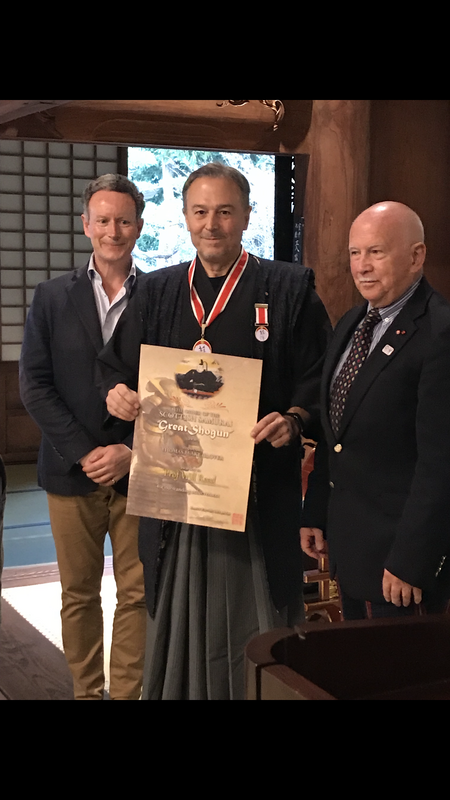
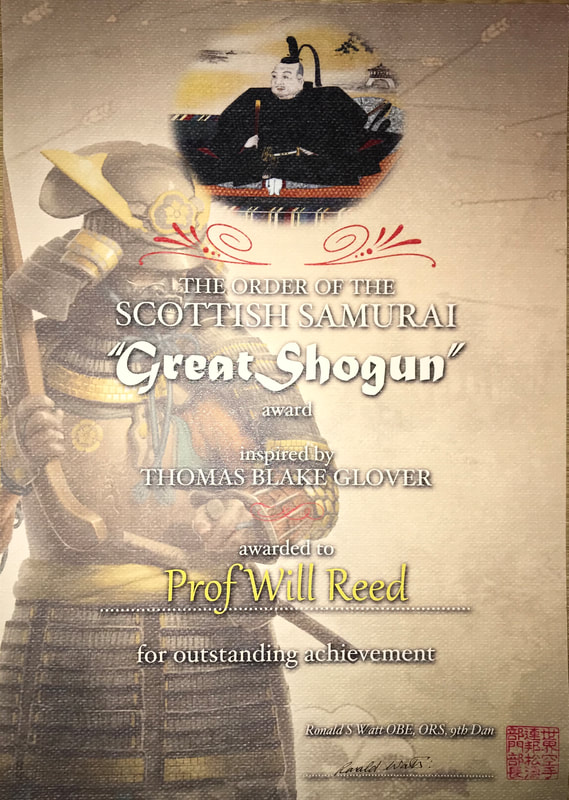
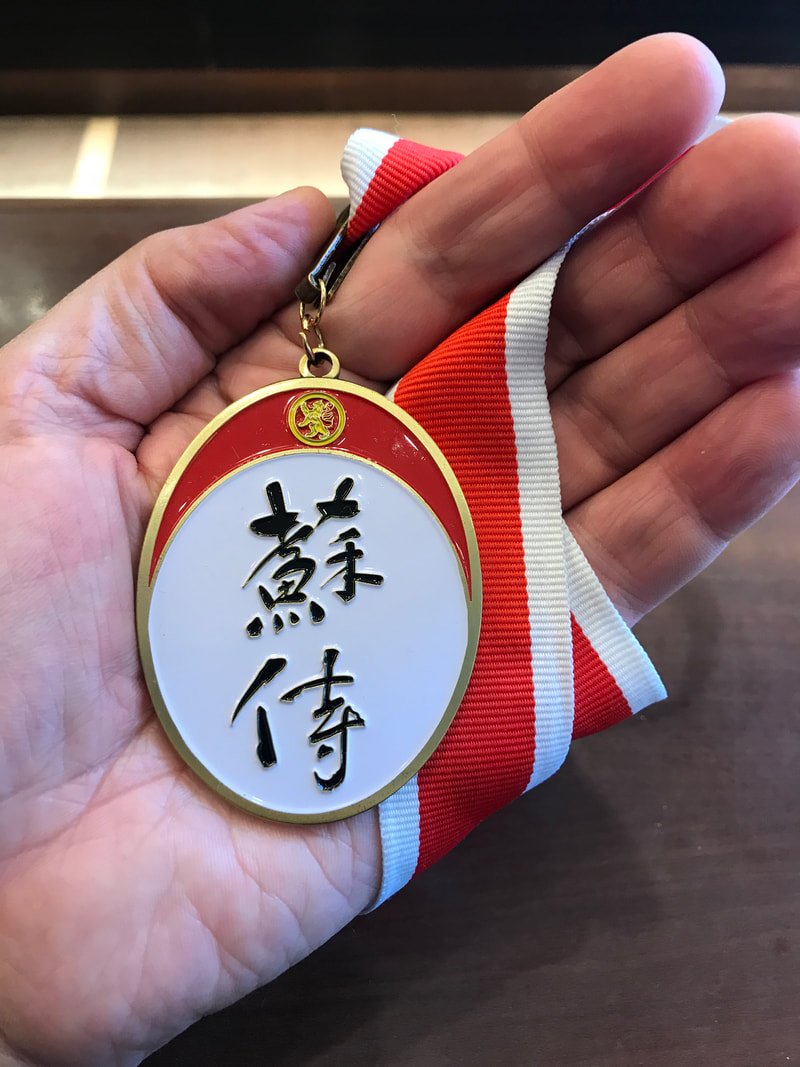
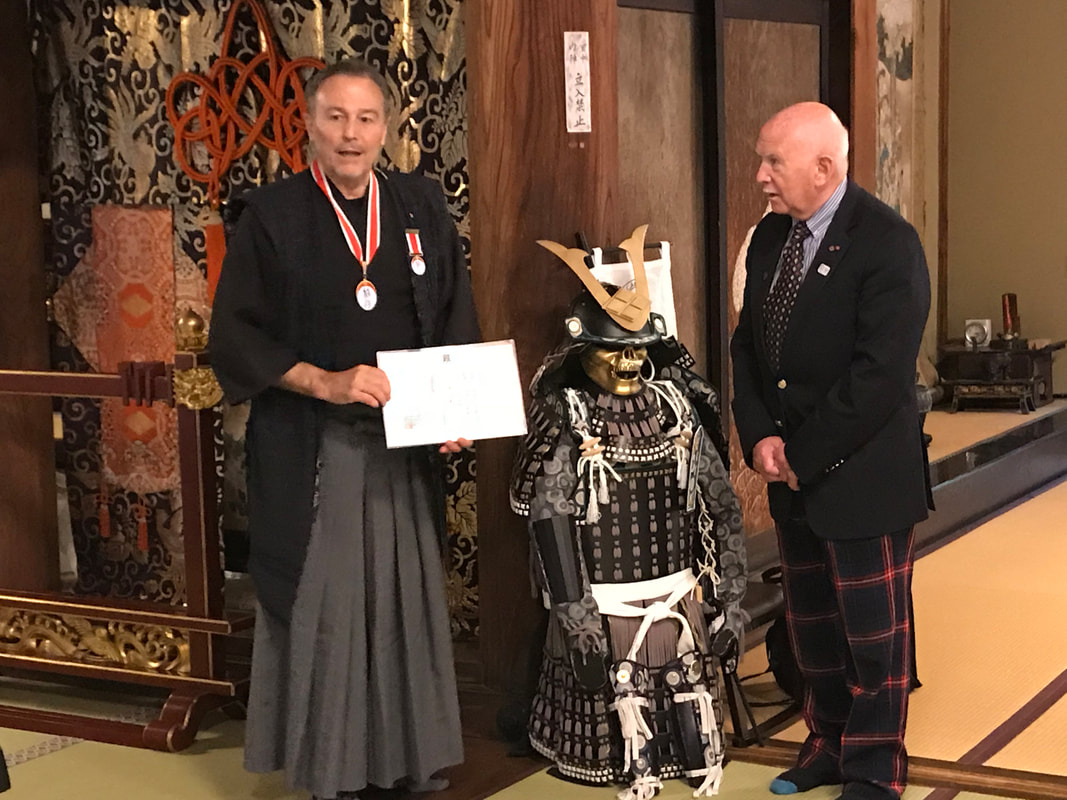
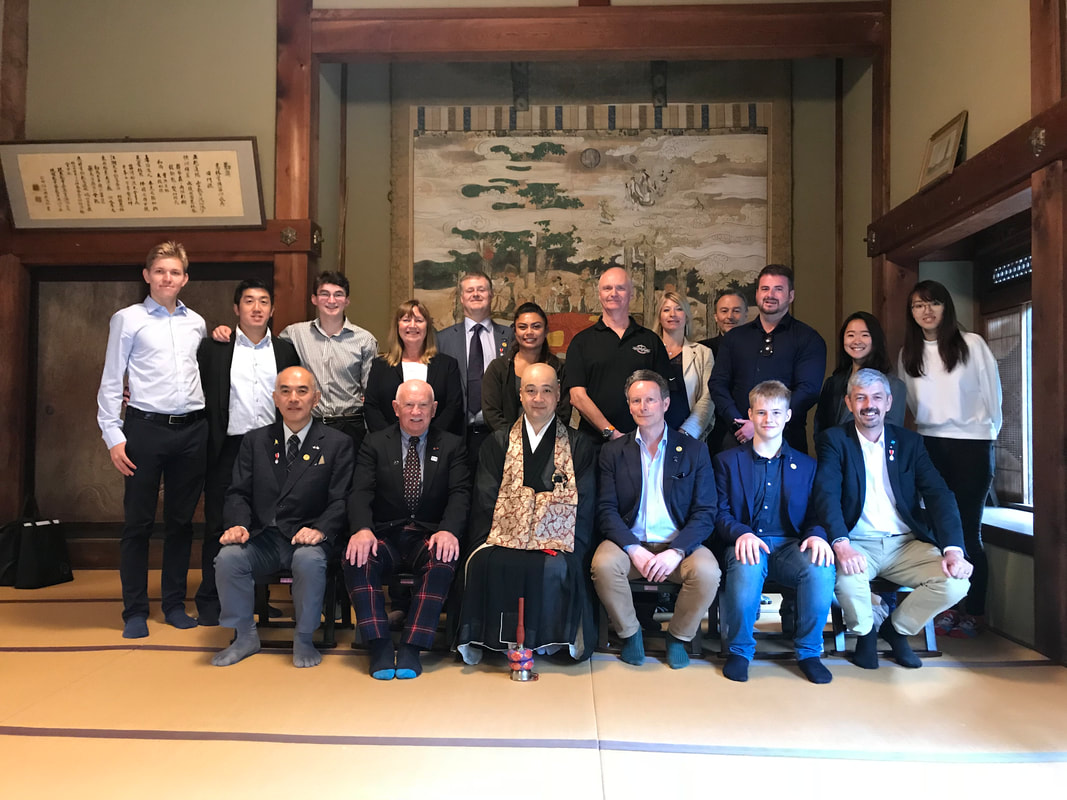
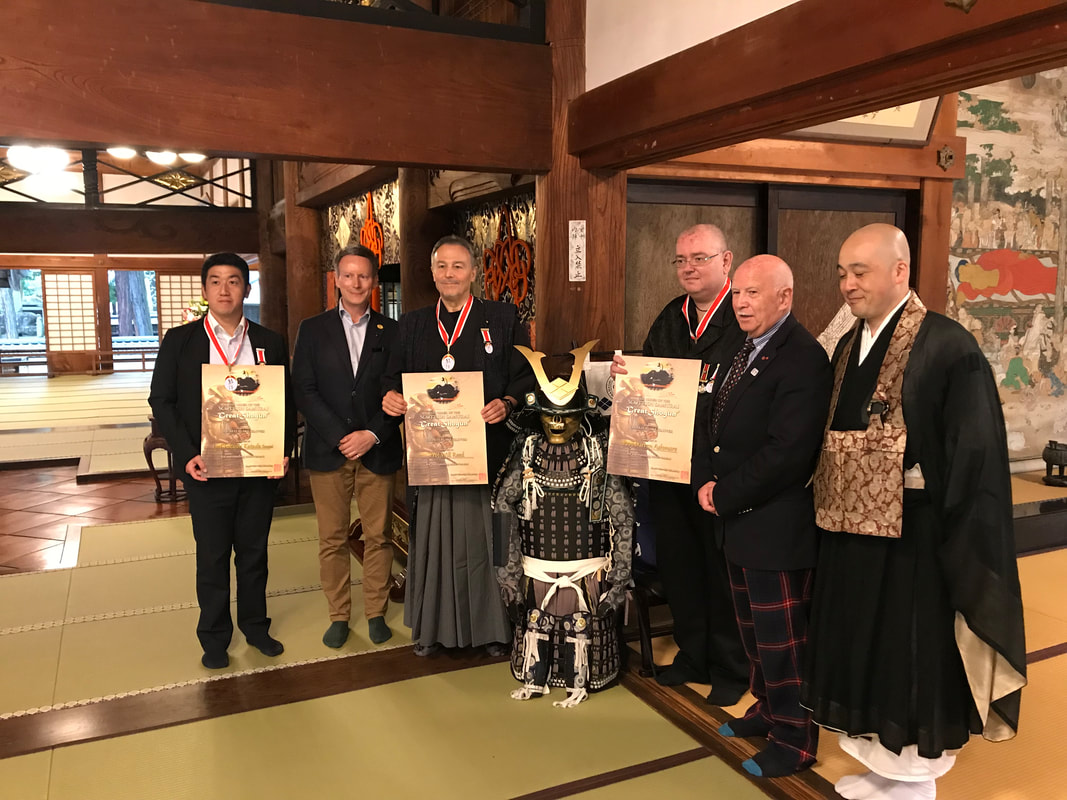
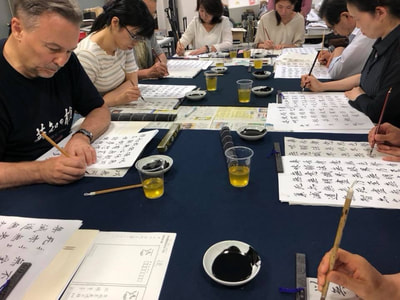

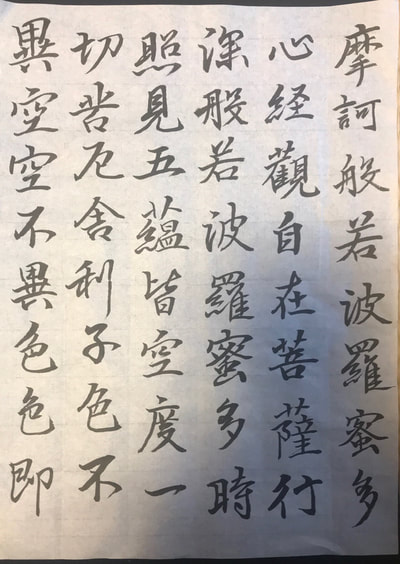
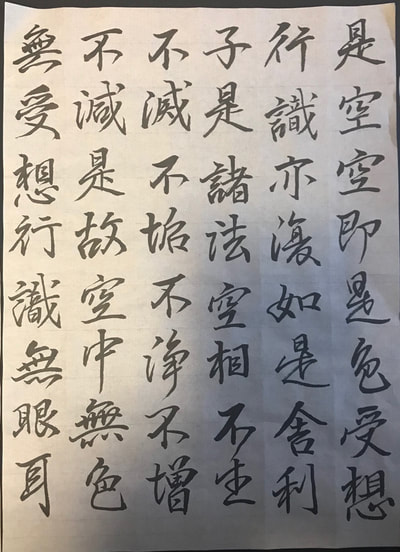
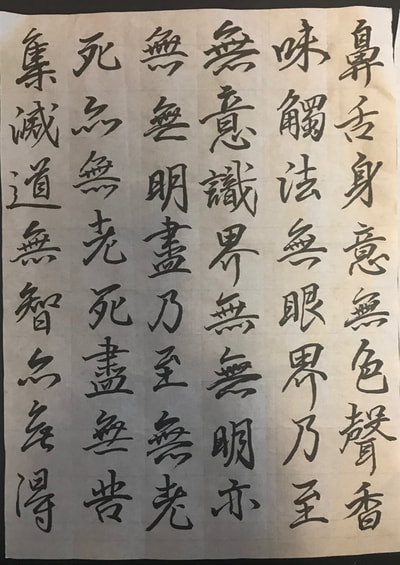
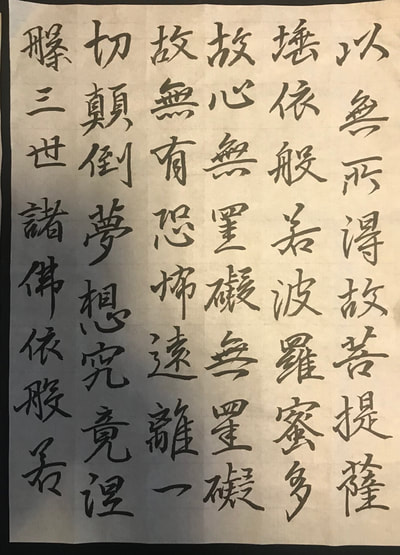
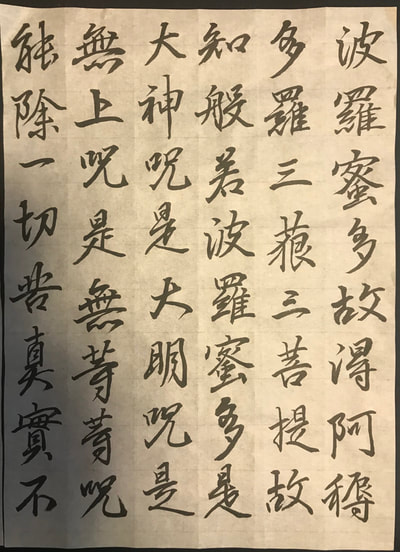
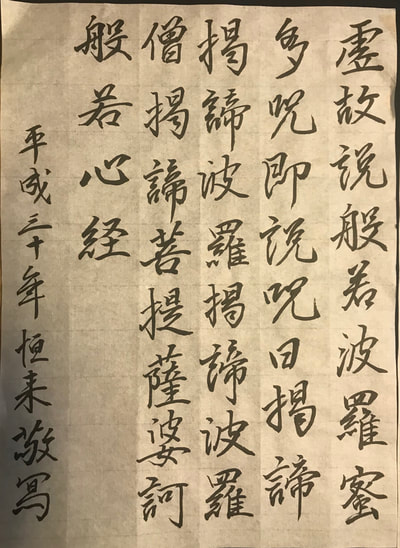
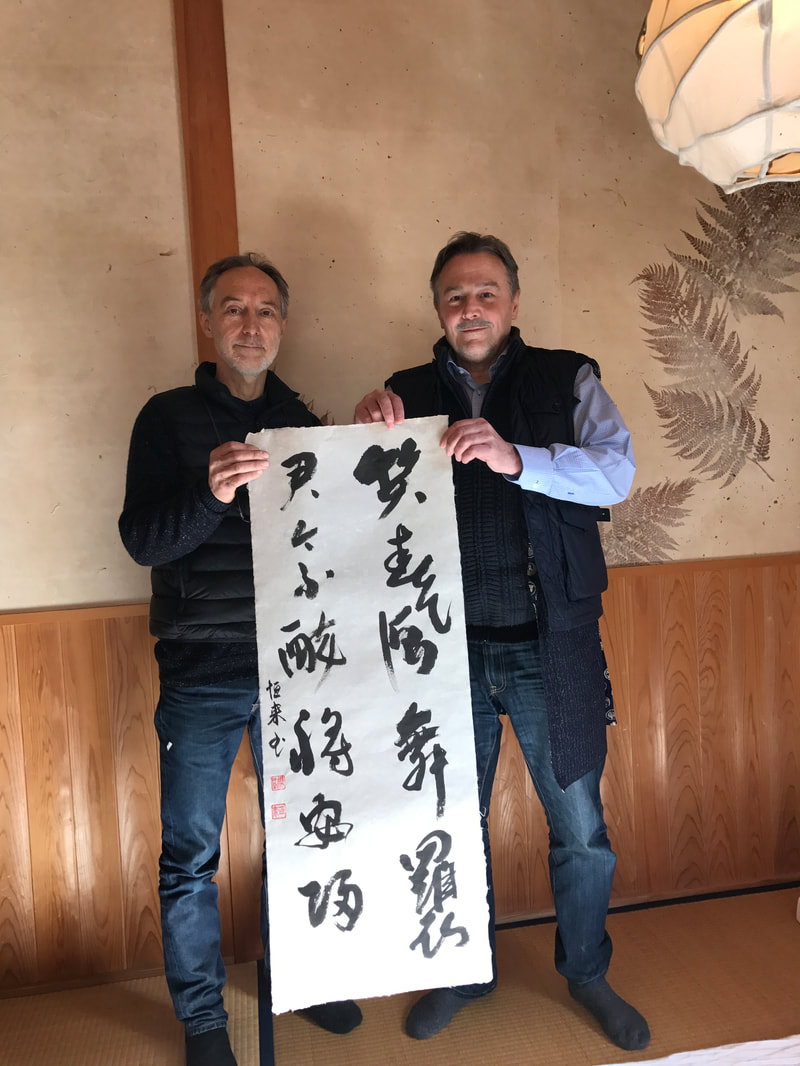

 RSS Feed
RSS Feed